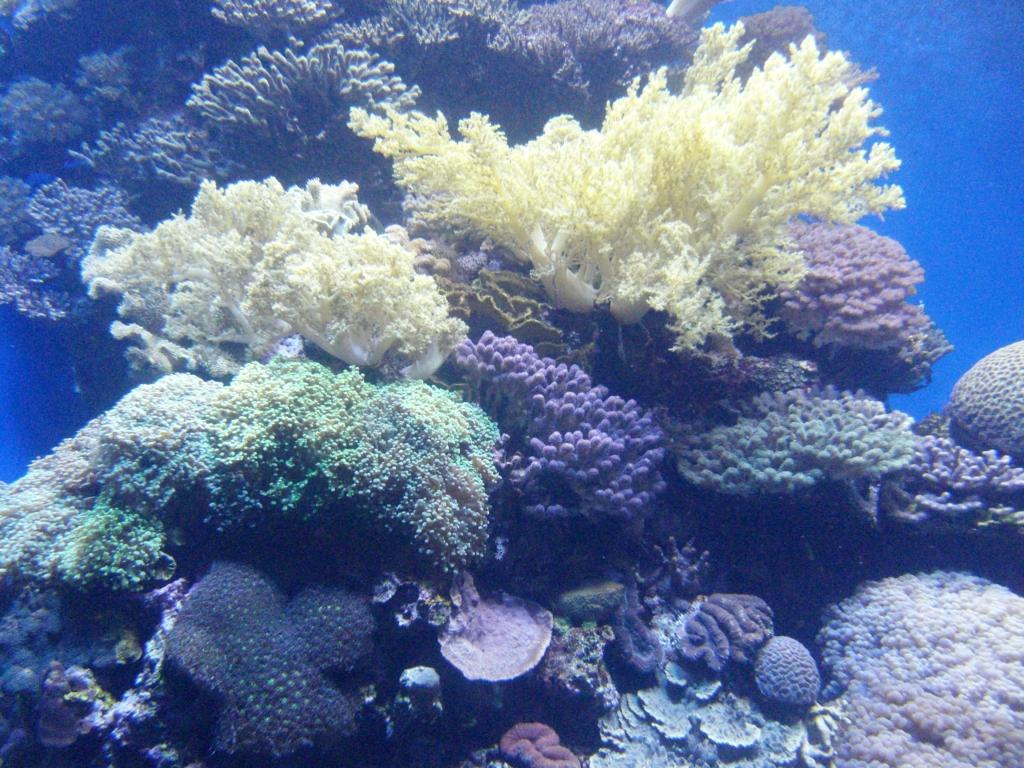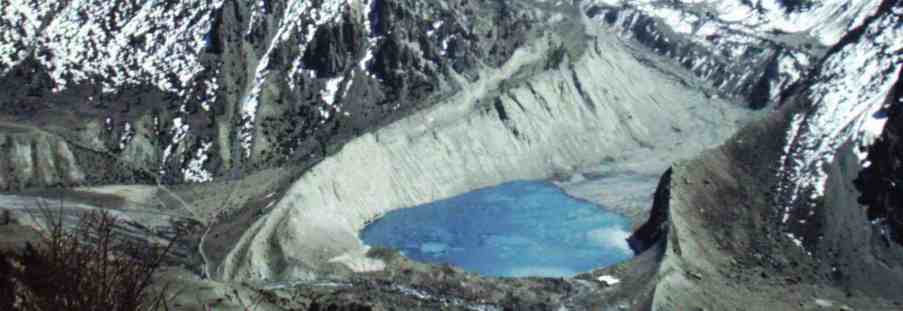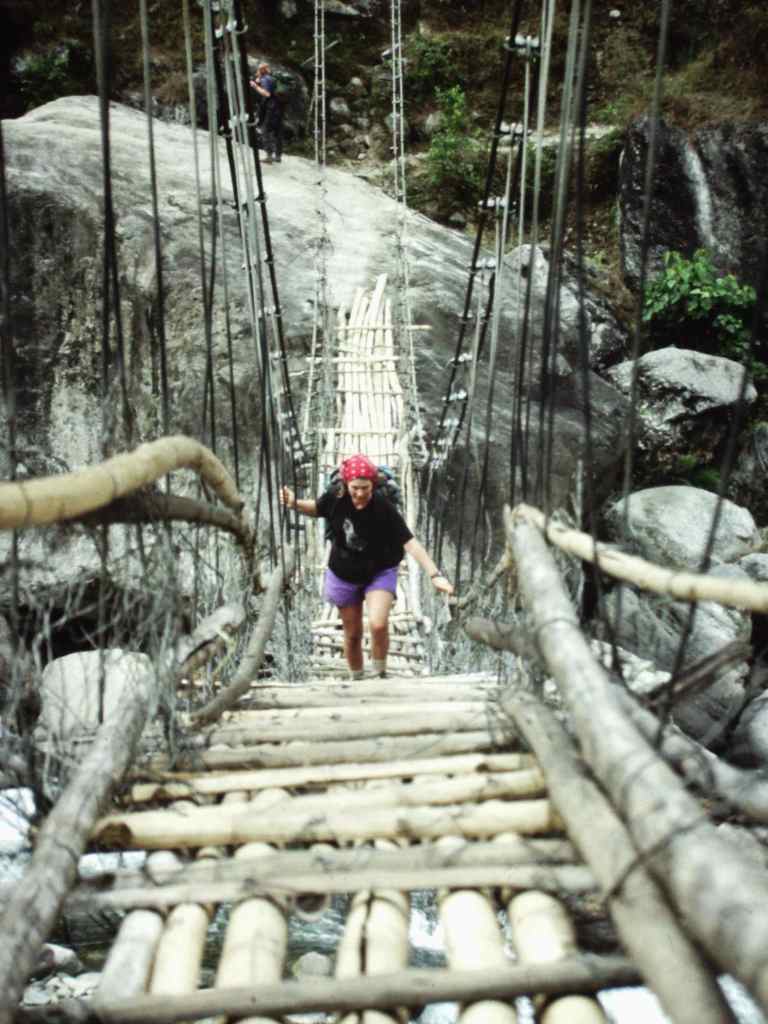The Red Sea is one of those mythical dive destinations that you hear about almost as soon as you get your C-card.
Although the Red Sea extends south to Sudan, Eritrea, and Ethiopia (on its western shore) and to the southern part of Saudi Arabia and Yemen (on the eastern side) much of the diving best known to westerners is centered around the Gulf of Eilat (or the Gulf of Aqaba, depending on your orientation). From the south, this includes Egypt’s famed Sharm el Sheikh resort area, and in the north, Taba (in Egypt), Aqaba (in Jordan), and Eilat (in Israel). While Egypt is perhaps renowned for having the most dive sites and dive resorts in this region, current political unrest makes it a less comfortable destination than it was a few short years ago.
In Your Bucket Because…
- It’s in every diver’s bucket; you’ve got to see what the fuss is about, right?
- 1200 species of fish, 1000 of which are seen nowhere else (source: Smithsonian).
- Given the political turmoil in the Middle East, diving in Eilat, with a possible side trip to Jordan, may be the most practical way to see the Red Sea at all right now.
- Good for divers at all levels, divers with families in tow. There’s a ton to do in Eilat, including snorkeling and diving with dolphins at nearby Dolphin Reef.
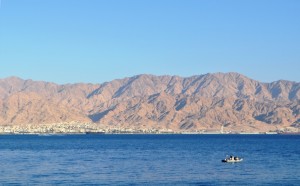
Partly as a result of unrest in Egypt and partly owing to its accessibility, Eliat has become something of a Red Sea dive center. Nonetheless, every dive instructor, dive master, and serious diver I talked to said that the diving was better in both Jordan and Egypt. Of course, that could be like saying the skiing is better in Zermat than in Chamonix (or vice versa, if you like). It’s still the Red Sea — and it was still on my bucket list. I wasn’t going to turn down the chance just because somewhere else might be better.
What’s Special about the Red Sea
So why does the Red Sea make it to the top of so many divers’ bucket lists?
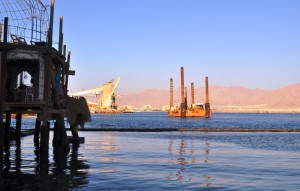
- Clarity of the water is at the top of the list: Visibility is frequently at around 30 meters (100 feet).
- Abundance of marine life. You’ll see not only the normal large school of tropical reef fish, but a lush variety of hard and soft coral, enormous species diversity, plus, at some sites, various sharks and sea turtles. Note, though that Eilat has lost quite a bit of its fish life, perhaps a victim of its own popularity: In recent years, the beach resort industry has exploded, and some 2,000 people a day dive here in the summer.
- Wreck diving is especially popular in the Red Sea, and there is a variety of sites at various depths.
Diving here is a year round activity, so you can avoid the hordes by visiting during the winter. The water is cold enough to require a double layer of wet-suits around your torso (which, in turn, required me to use almost double the weights I usually dive with). On the plus side: There were few other divers.
Diving Israel Style
Regulations for diving in the Red Sea are stricter than those I’ve encountered in other destinations around the world (East Africa, South Pacific, Australia, Caribbean, Hawaii, Florida, Iceland). They also vary from country to country here, so it’s best to check in advance with your dive shop.
In Israel, check-out dives (really, a mini refresher course that takes about 2 hours are required for divers under the dive master certification level who don’t have a stamped logged dive within the last six months. (This is one of the only places I’ve actually been asked to show a log book). However, this regulation can sometimes be waived by an instructor if you just miss the cutoff, have done a lot of dives, have advanced certification, or if the dive will be supervised by an instructor. Similar rules apply in Egypt. Be prepared to take the refresher course if you can’t prove you have dived recently.
Second: Israel diving requires that you show proof of dive insurance (another first for me). This can be purchased from DAN, the Diver’s network, or by local providers but you will need to make these arrangements in advance. Your outfitter can put you in touch with insurers.
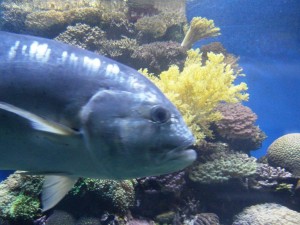
It’s also worth noting that diving Israeli-style is not the cushy experience provided on most, say, Caribbean or South Pacific boats, where dive staff take care of hauling and swapping out tanks, setting up equipment, and carrying weights. You’re pretty much on your own here, responsible for checking tank pressure, assembling gear, and hauling it across the road to the dive site. Taking care of our gear at the end of the day meant throwing everything, including a wet wet-suit, into a locker, where it awaited us, damp and cold, the next morning.
So the verdict? In my opinion, Eilat doesn’t make it to the top of my list of the world’s premiere dive sites: It rides on the Red Sea’s reputation elsewhere. But it is still the Red Sea. For many divers, it’s the only opportunity they’ll have to dive there, and you will see some of what makes this region so iconic. And anyway, any day underwater is a good day spent, right?
Practicalities
- Dive excursions to Egypt and Jordan can be booked in Eilat. Note that the closest dive shops in Jordan are right in Aqaba, but the “real” diving is located a bt to the south, close to the Saudi Arabian border. In Egypt, you can dive at Taba, near the Israeli border, but the best diving is all the way down near and around Sharm el Sheikh.
- The city of Eilat and its strip of glitzy modern hotels is a couple of miles from the dive sites. Isrotel’s Yam Suf hotel has standard rooms plus diver dorms and a dive shop right across the street from shore diving sites. It’s more convenient for diving, less so for nightclubbing, although the justifiably popular Last Refuge restaurant is just across the street.
- Eilat diving is shore diving, and the rocks underfoot are vicious. Bring foot protection.
